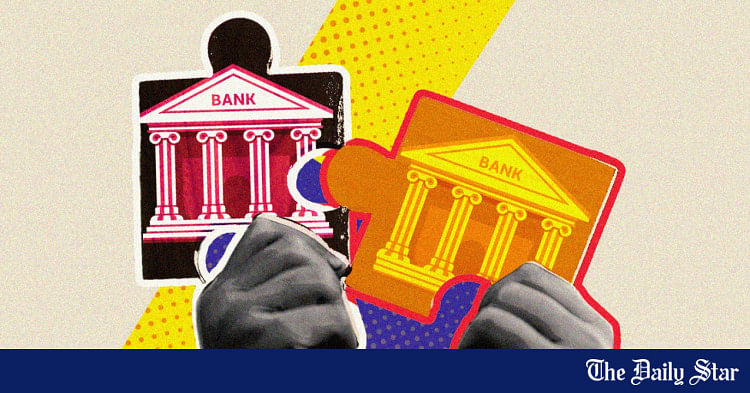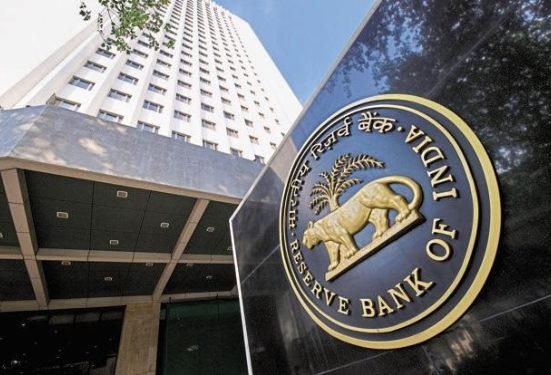Once a foundation of economic development, Bangladesh’s banking industry is on the verge of becoming its Achilles heel. Crushing non-performing loans (NPLs), poor governance, and stagnant innovation undermine confidence, limit credit expansion, and threaten financial stability. If dramatic changes are not sought, the country may lose one of its main tools for maintaining long-term economic development.
Per the Bangladesh Bank data, NPLs constituted 20.20 percent of all outstanding loans by the end of 2024—well over the safe level of five percent, as advised by the International Monetary Fund (IMF). By June this year, the ratio is likely to rise to 30 percent, the central bank says. Although they own less than 30 percent of the banking assets, state-owned commercial banks are responsible for more than 45 percent of problematic loans. Unresolved vulnerabilities might reduce Bangladesh’s GDP growth, compromising its aim for upper-middle-income status, according to the 2025 report of the World Bank.
Still, this approaching disaster is not unavoidable. It results from choices; better choices are still within reach if they are based on innovation and effective governance.
Bangladesh’s banking system has historically depended on politically driven credit distribution and branch-based business lending. This model has now reached its limits. Less than 25 percent of Bangladeshi adults now have official credit access (The World Bank’s Global Findex Database, 2021). As of December 2024, nearly 24 crore mobile financial service (MFS) accounts run outside the official banking network, according to the Bangladesh Bank.
The private sector, particularly SMEs, is hungry for reasonably priced capital. Stunting business and job growth, a 2023 IFC estimation projects a $2.8 billion MSME finance shortfall in Bangladesh. Simultaneously, poor loan allocation to large but high-risk borrowers is ballooning NPLs and severely damaging the banks’ balance sheets. Following business as usual in this environment is useless and harmful.
While Bangladesh’s financial administration deteriorated, a worldwide technology revolution was underway. At an unprecedented pace, mobile banking, AI-driven lending, blockchain trade finance, and open banking ecosystems are transforming financial institutions.
Between 2018 and 2022, branchless banking projects provided financial access to 60 million additional clients in Indonesia (World Bank, 2023). Mobile-first microloans under M-PESA expanded SME lending by 24 percent in Kenya over four years (GSMA, 2022). Bangladesh lags in this regard, despite the GSMA’s projection (2022) of 63 percent smartphone penetration by 2025. Should banks neglect to adapt, they risk becoming irrelevant to the next generation of companies and customers. The danger is not theoretical; fintech sites already help millions of people who now find conventional banks sluggish, expensive, and inaccessible. Technology should help digitise current services and allow new goods to fit the changing market.
Three factors stand out as interesting:
* Microloans coupled with mobile wallets serve the informal and low-income sectors now left out of official financing.
* Supply chain financing helps SMEs, especially in the RMG and agricultural sectors, by unlocking liquidity for manufacturers and exporters.
* Green finance products encourage the acceptance of renewable energy sources, whereby worldwide investors are progressively channelling funds.
Banks that entered digital microcredit, embedded finance, and green lending enjoyed double-digit asset growth and decreased default rates globally (McKinsey Banking Review, 2023). The first banks to aggressively enter these products might restore Bangladesh’s importance and profitability.
Still, without a hard reset in governance, technology and goods alone cannot save the industry.
The banking industry in Bangladesh is defined by weak risk controls, politicalised board nominations, and regulatory forbearance. These elements undermine depositors’ trust, conceal big defaulters, and drive bad credit choices.
The reform package presented by the World Bank provides an unambiguous guide:
* Bank resolution frameworks should be improved.
* Stiffer deposit protection should be enforced.
* Expert, non-political board appointments should be specified.
* Specialist asset management companies (AMCs) should be launched to clean up NPLs methodically.
* Bankruptcy rules should be updated to hasten healing.
Vietnam provides a clear lesson: It reduced its NPL levels within five years after robust banking reforms in 2011 and revived private sector credit growth. Bangladesh has to be similarly politically courageous. Without governance improvement, no amount of digital innovation can reestablish public confidence—the lifeblood of banking.
Policymakers must build a regulatory climate that speeds up financial innovation beyond their own reform. It could include:
* Open banking in 24 months: letting clients safely communicate financial data encourages innovation and competitiveness.
* Starting a national fintech sandbox: allowing deliberate exploration driven by controlled testing of new digital items.
Bangladeshi banks now spend less than 0.1 percent of their revenue on cybersecurity, exposing systematic vulnerabilities (Deloitte, 2023). Early adopters of these models, like Singapore, India, and the UK, now find better, more inclusive banking environments. Bangladesh must act now or risk always falling behind its neighbours. Inaction comes at a very high cost. Every year of delay risks compounding NPLs, reducing SME access to capital, and increasing economic marginalisation. The societal fallout from lost employment, failed enterprises, and dashed hopes will eventually overwhelm the obvious financial issues of today.
Still, the benefits of action are great. Modern, reliable, technologically advanced banks might be the engines for Bangladesh’s next development boom, fuelling investment, increasing inclusivity, and enabling entrepreneurship. The route chart is straightforward. The technology is available here. The institutional changes have had results. Only political will now separates Bangladesh’s banking sector from renewal or irreversible decline. The time for hesitation is over.
Mamun Rashid, an economic analyst, is chairman at Financial Excellence Ltd and founding managing partner of PwC Bangladesh. He has served in senior roles at three global banks: ANZ, Standard Chartered, and Citibank, N.A.
Views expressed in this article are the authors’ own.
Follow The Daily Star Opinion on Facebook for the latest opinions, commentaries and analyses by experts and professionals. To contribute your article or letter to The Daily Star Opinion, see our guidelines for submission.







